Clasping Venus' Looking Glass, scientific name Triodanis perfoliata, is an annual flower that is able to grow in very poor soil. It is an incredibly cute plant, with interesting-looking foliage before it blooms. It tends to bloom around early summer, and its blooms are a beautiful purple color, although they are very small.
This plant is native to Eastern North America. If conditions are right, it will thrive on its own with little care, but in areas with richer soil or less sunlight, it will be choked out by other plants.
It is sometimes considered a weed but I find that silly; it is not the most vigorous plant and it usually adds natural beauty in barren spots where little else will grow.


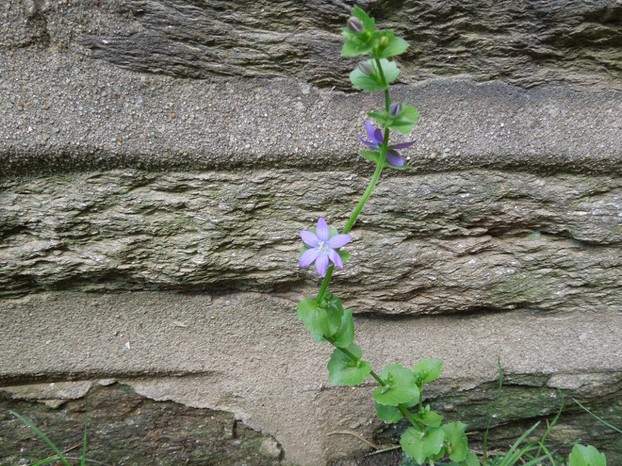
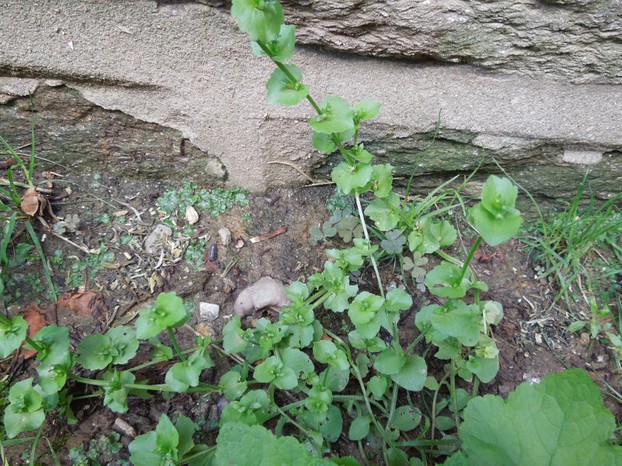




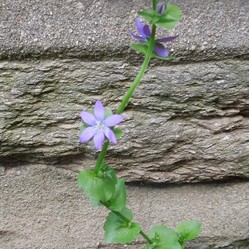

 The Shaming of Femininity and Elevation of Masculinityon 07/13/2017
The Shaming of Femininity and Elevation of Masculinityon 07/13/2017
 What is Genderqueer or Non-Binary Gender?on 10/16/2015
What is Genderqueer or Non-Binary Gender?on 10/16/2015
 Resources for Learning Spanish Free Onlineon 04/13/2016
Resources for Learning Spanish Free Onlineon 04/13/2016
 Ways Native Plants Can Help Control Invasive Plantson 05/26/2016
Ways Native Plants Can Help Control Invasive Plantson 05/26/2016

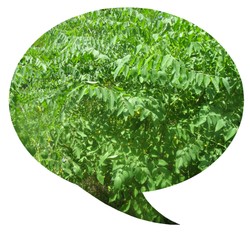
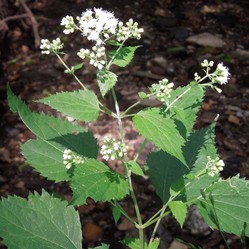
Questions? Comments? Feedback?